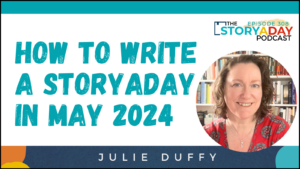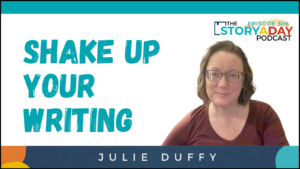StoryADay May 2024 Challenge Sign up Now

Writing prompts from the 2024 StoryADay Challenge, in your inbox, daily.
- Prepare to day with the Keep Writing Workbook, when you sign up
- In May, be inspired by prompts from mystery guest authors
- Make your own rules
- Prove to yourself that you can write more (& better) than you knew!
Sign up for free
Starts May 1
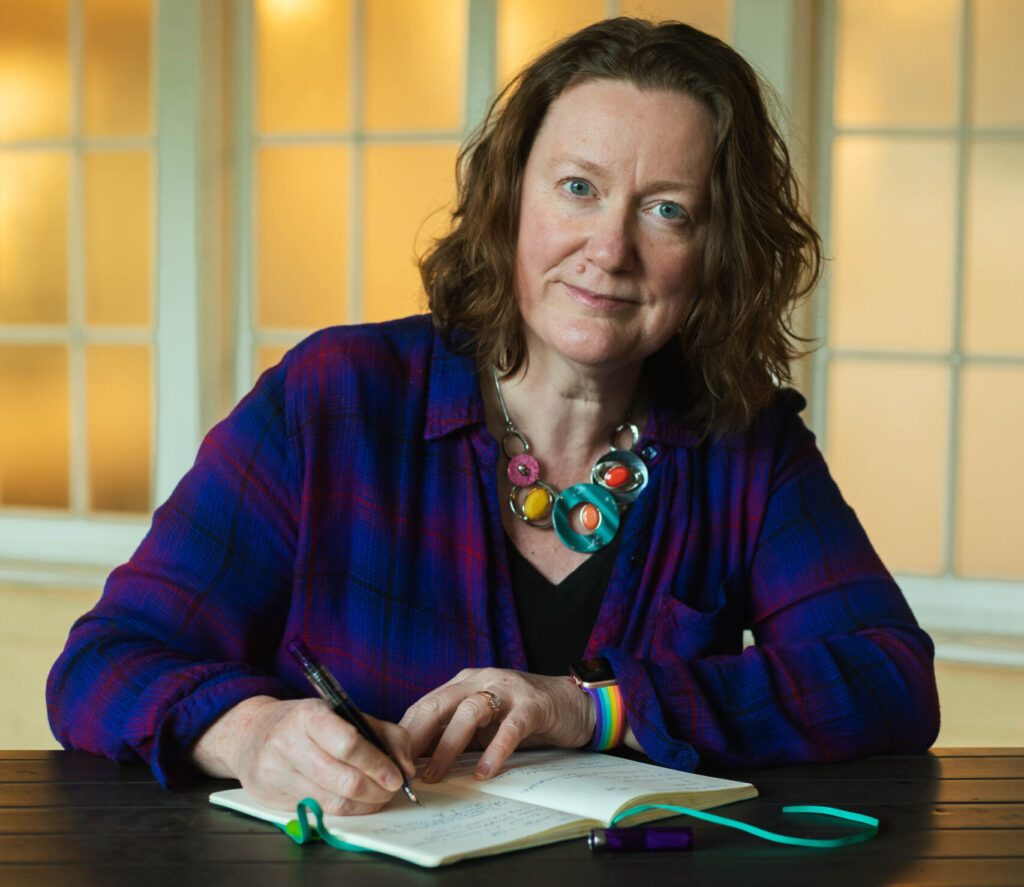
Hi, I’m Julie Duffy and I help writers like you build a creative practice that is rewarding and fits your life, today, not ‘some day’.
Get the Keep Writing Workbook today PLUS daily writing prompts from Mary Robinette Kowal, K. B. Karle, Rachel Swearingen and more, in May
…and I help writers like you build a creative practice that is rewarding and fits your life, today, not ‘some day’.
2023 StoryADay Challenge
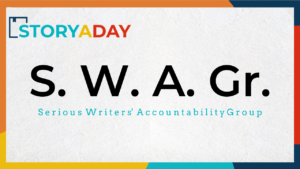
SWAGr for June 2023
It’s that time again: time to make your commitments to your writing for the coming month. Join us!
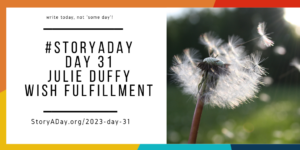
Day 31 – Wish Fulfillment by Julie Duffy
You did it! Now let’s see if your character has THEIR wish granted…

Day 30 – Tell It Backwards by Julie Duffy
Starting at the end is a fun way to tell a story…
some ways I can help
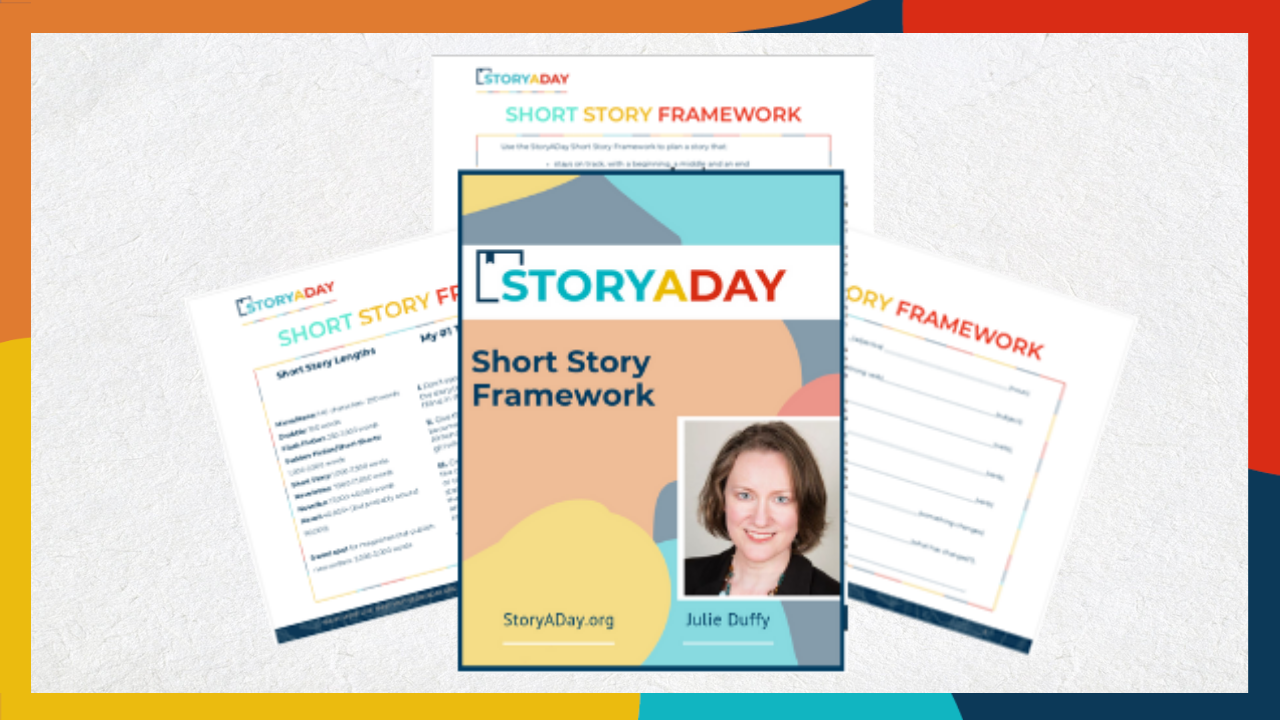
Start Writing Now
Start here: Get the help you need to brainstorm and complete a short story any time. Includes my top tips for delighting readers.
Download the Short Story Framework
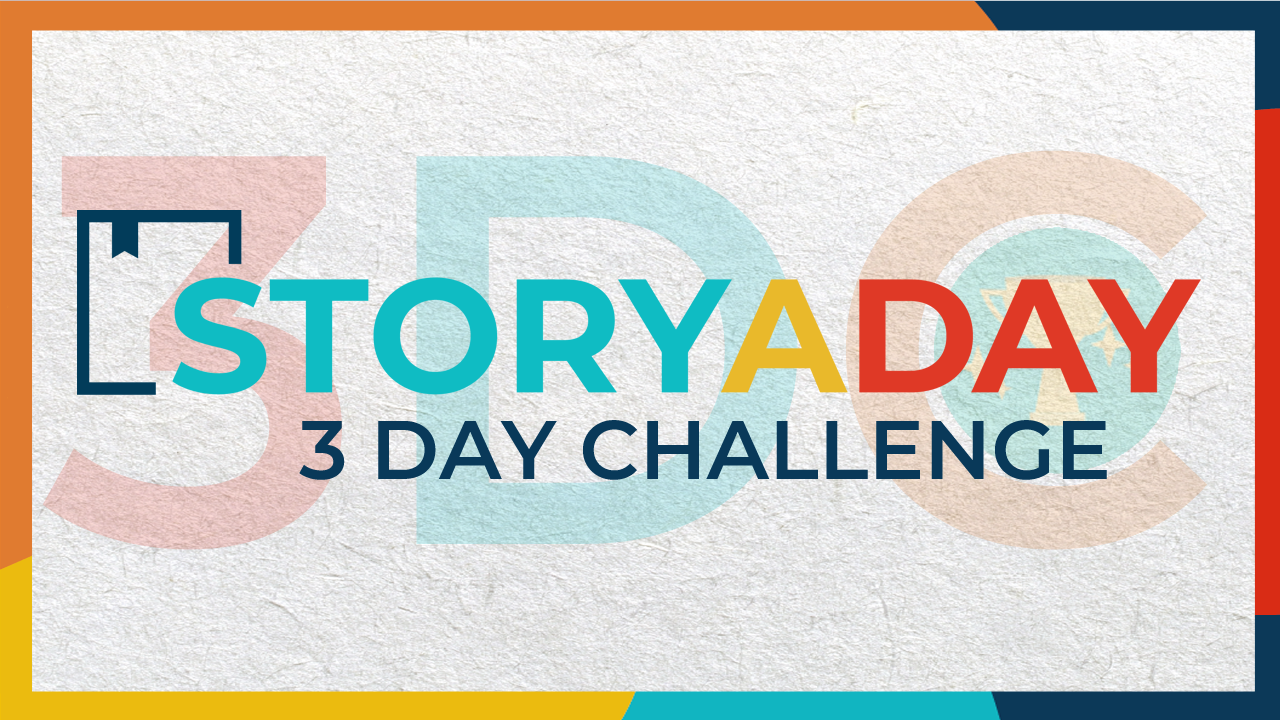
Dig Deeper
Then: Treat yourself to a self-paced online writing 'retreat' that teaches you all you need to know to start, develop and finish three short stories and discover your own best practices as a writer...who writes!
Take the 3-Day Challenge

make it a habit
Next: Subscribe to a weekly story prompt and writing lesson rolled into one. No bells or whistles, just great information designed to inspire and instruct...in your inbox, weekly.
Subscribe to the StoryAWeek Newsletter
More Resources
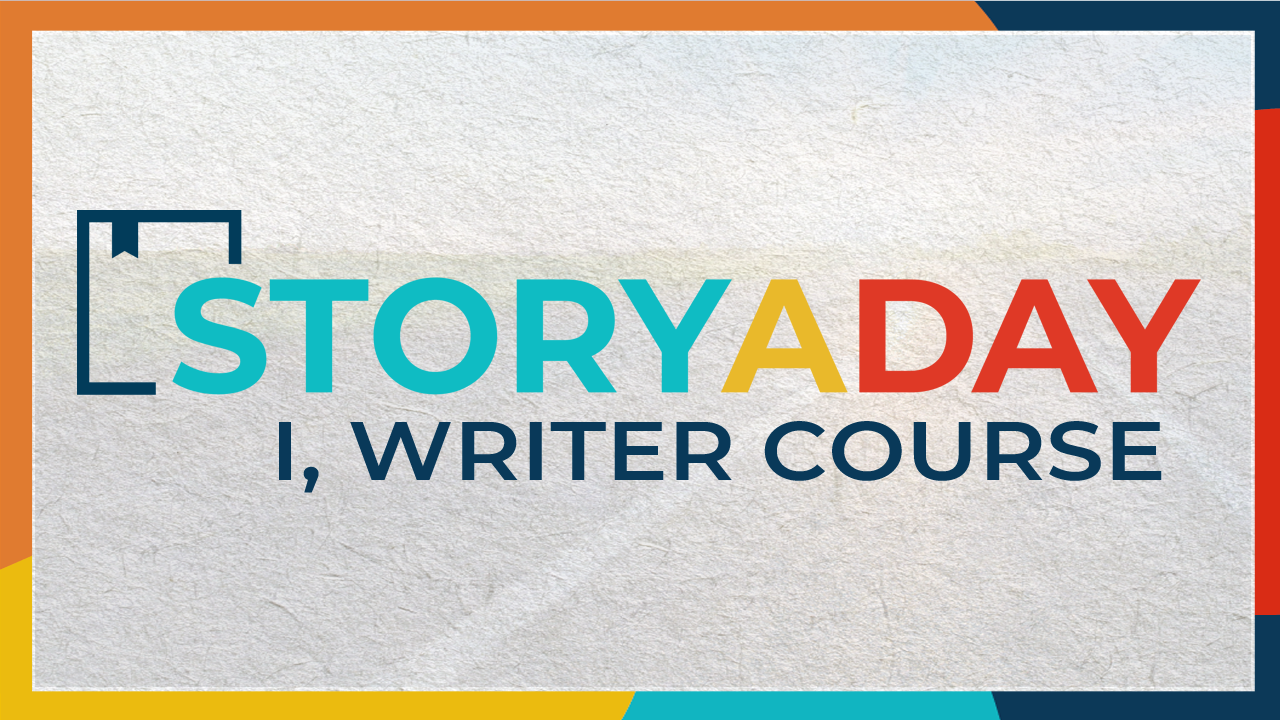
Short Story Intensive
Ready for more? Develop your writing practice by joining us on this 6-module journey where you'll write up to 11 story drafts and learn the skills to build a satisfying writing practice. Join the self-paced option or live cohort
I, WRITER Course
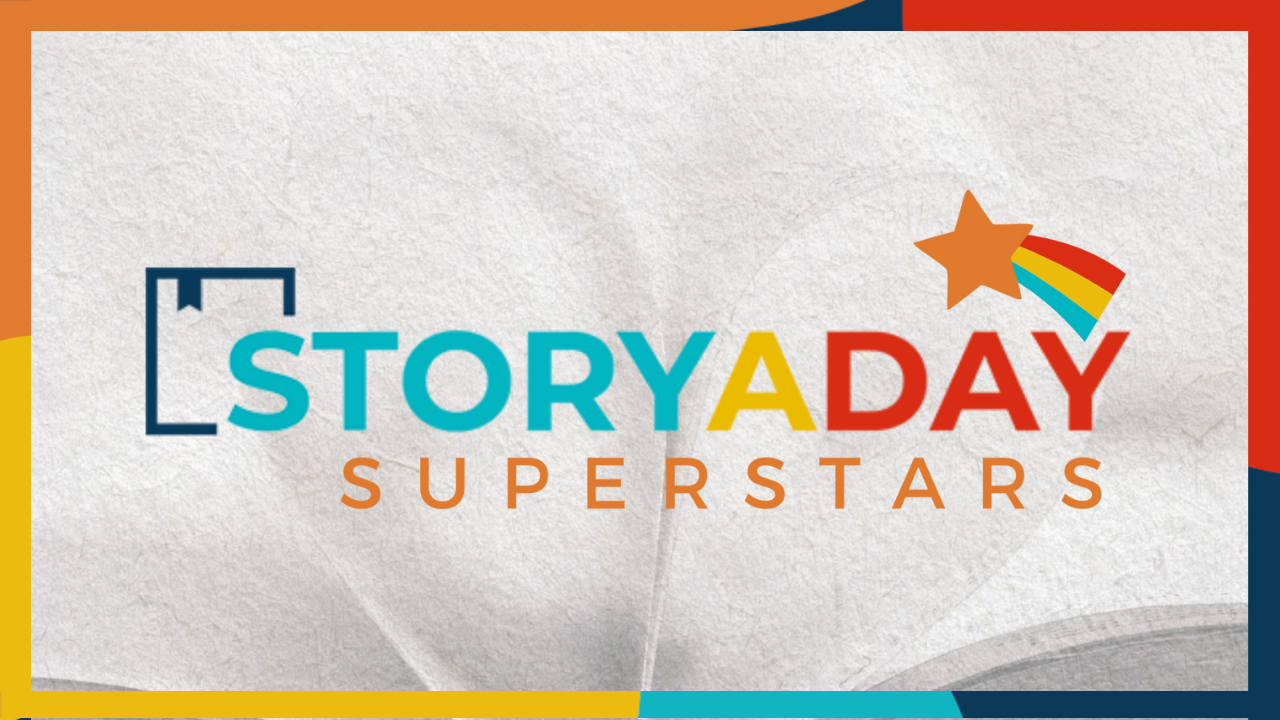
Year-Round Support
Looking for Accountability? Sometimes you need some people around you! Join our year-round virtual writing conference, retreat, workshop, and mastermind group. Opens in sprint and autumn.
Join the StoryADay Superstars

Writing Articles & Advice
Writing articles, prompts, podcasts and interviews from 2010 until today. Check out the archives and stay up to date with the best in writing inspiration from StoryADay

Writing Articles & Advice
Writing articles, prompts, podcasts and interviews from 2010 until today. Check out the archives and stay up to date with the best in writing inspiration from StoryADay

Story Prompt archive
Dive into the archive of writing prompts I've been building since 2010. Includes tips & writing advice on character, plot, point of view, tension...and how to finish stories!

Story Prompt archive
Dive into the archive of writing prompts I've been building since 2010. Includes tips & writing advice on character, plot, point of view, tension...and how to finish stories!
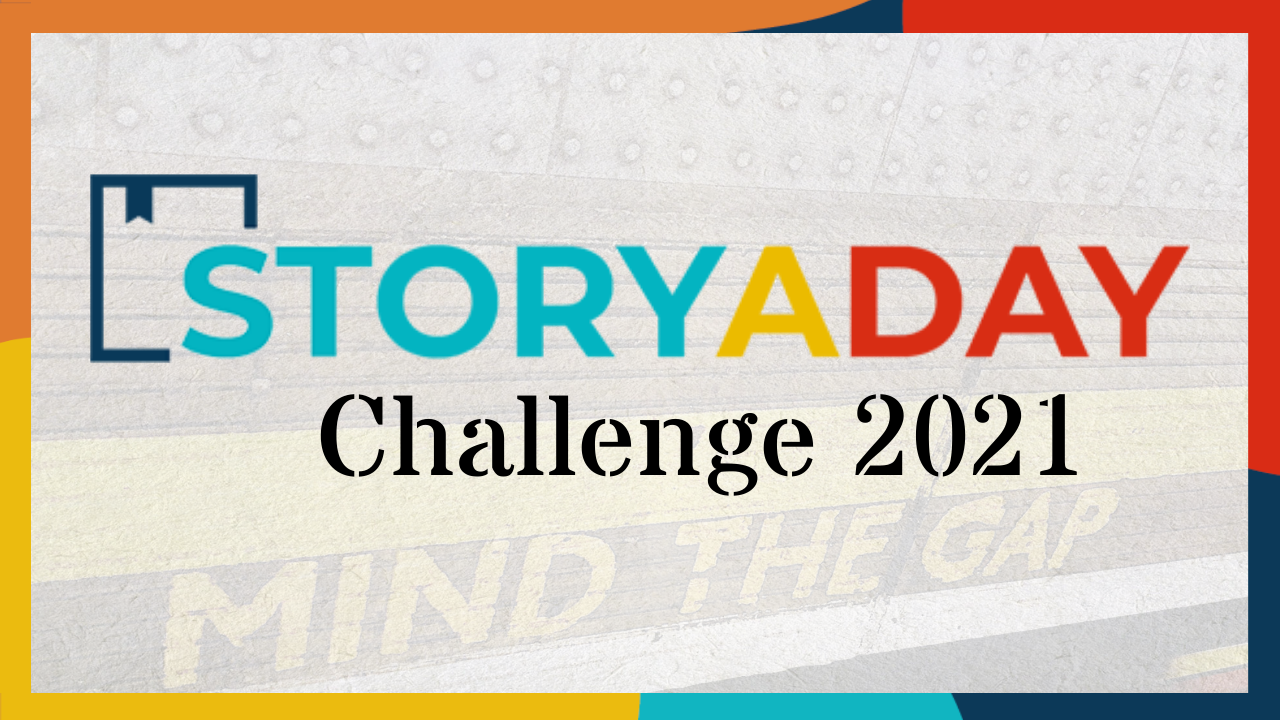
Sign up for StoryADay SEPTEMBER 2021
Get all the writing prompts including prompts in your inbox every day, including prompts from guest authors like Roxane Gay, Deesha Philyaw, Fran Wilde and more...
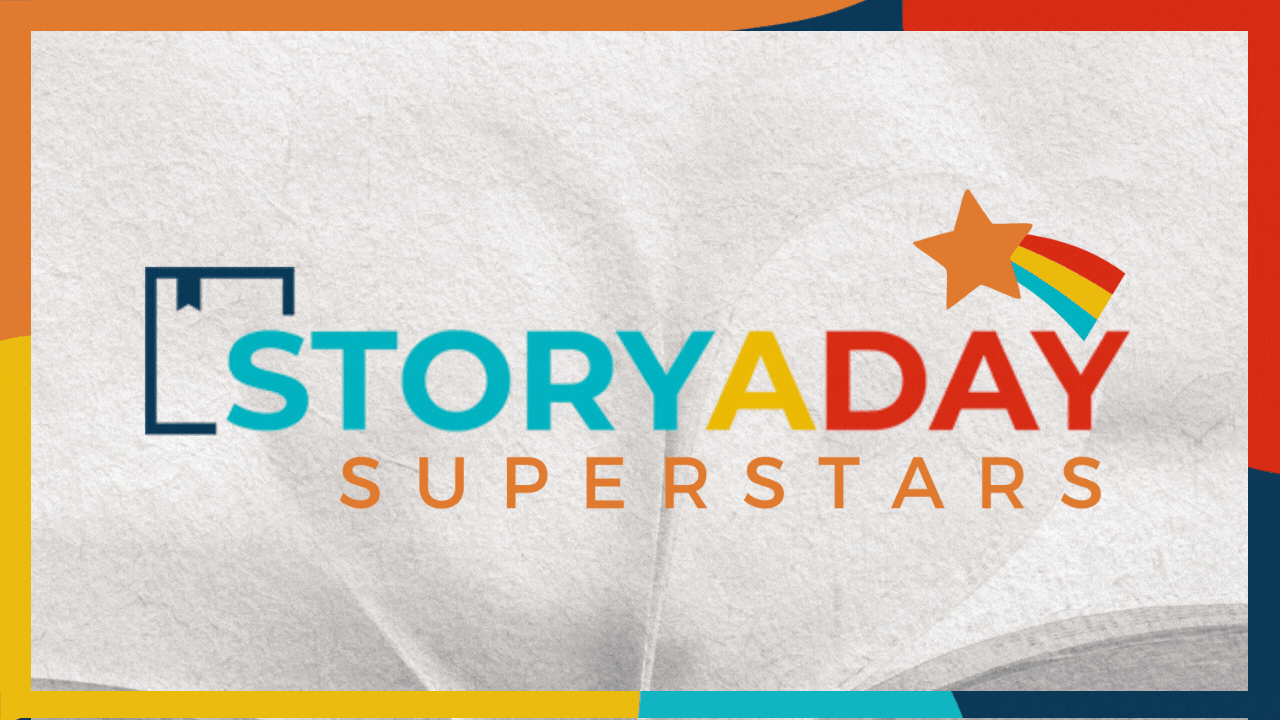
Join the Superstars
This is our virtual year-round writing conference, retreat, workshop, and mastermind group and it's open for registration now!

UPGRADE NOW
All the extra content I created for the Superstars during the challenge...none of the commitment. Join us for one month, keep the content all year!
Upgrade before Sept 6, 2021

Writing Articles & Advice
Writing articles, prompts, podcasts and interviews from 2010 until today. Check out the archives and stay up to date with the best in writing inspiration from StoryADay
Recent Posts
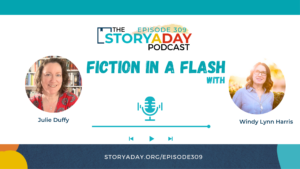
Mastering Flash Fiction – with Windy Lynn Harris
In which Windy Lynn Harris shares her genius about how and why to write Flash Fiction
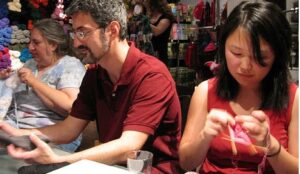
Don’t Let Unfinished Stories Hold You Back: Try This Technique
Do you ever start a story only to get stuck, and find yourself either abandoning it or wondering if it’s really a story at all? First of all: welcome. This means you are a writer. This frustrating phenomenon strikes us all, especially when we are just starting out or just starting to come back to our writing seriously. This doesn’t mean you “aren’t meant to be a writer”. It just means there are some strategies you haven’t discovered–or fully-integrated–yet. This week I have a technique for…
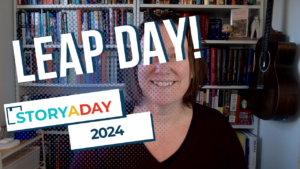
Leap Day Deal
Sign up for the I, WRITER Course today and build a writing practice you can love today, not ‘some day’. LEAP DAY SPECIAL $229 (regularly
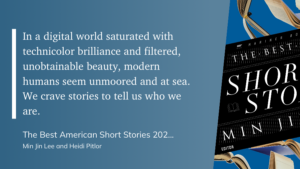
What We Crave
“In a digital world saturated with technicolor brilliance and filtered, unobtainable beauty, modern humans seem unmoored and at sea. We crave stories to tell us who we are.” – Min Jin Lee, Best American Short Stories 2023
Upcoming Events
Some of the places that love storyADay

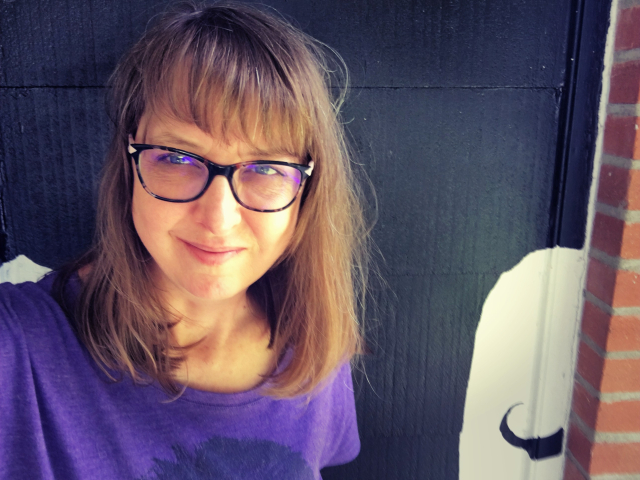

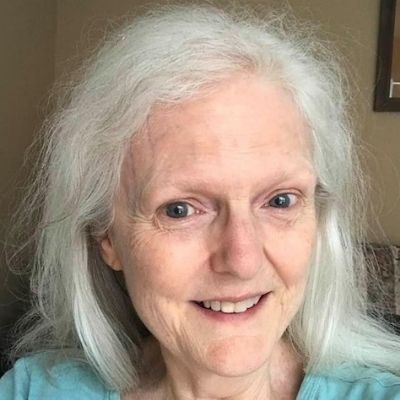
Writing a story a day has been very good practice to develop a positive orientation to writing endeavors, not to mention that it has led me to meet new people, be part of a community and find my writing feet again.


